It is the most frequently used architecture model in developing the projects. In this model there exists a main computer called server which is connected with multiple other computers called clients.
The server will be used to store the data in an organized manner with the help of data based Software. Such as SQL-Server, oracle etc… This data will be used by the application program available on client machine.
The database principles are practically implemented by using the following technologies.
| DBMS | RDBMS | ||
|---|---|---|---|
| It is a single user system | It is amultiuser system | ||
| We cant provide security to the table | We can establish full security to Data and operations based on the data. eg:-Sql server, Oracle, My Sql |
Note: RDBMS is having a problem of not containing reusability.
It is avoided in ORDBMS with the introduction of object oriented concepts.
Ex:-Latest versions of Sql server and Oracle
This database s/w is developed by Microsoft organization. Like any other Microsoft component it can also be used only on windows platform.
It comes with less cost and more facilities when compared with competitive database oracle.
SQL-Server Management studio tool: It is a GUI tool used to perform database operations in SQL-Server.
It contains a window called “Object explorer” where we can perform operations only by following navigations.
By clicking on the new query icon of the tool bar we will get a query editor window where we can execute related SQL commands to perform the operation.
Components/Architecture of SQL-Server:
Whatever version of SQL-Server we are using all will follow the same architecture model as specified below.
While working with SQL-Server we have to perform the following operations.
1).Establish a connection with local or remote instance of SQL-Server.
2).Create a location called db in the connected server.
3).Creating an object called table inside the db to store actual data.
4).Create and use all other objects such as